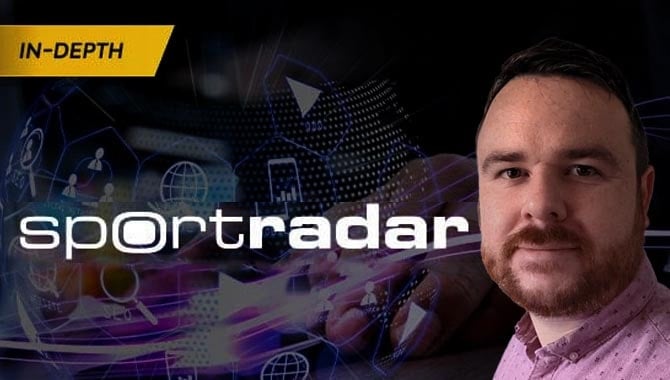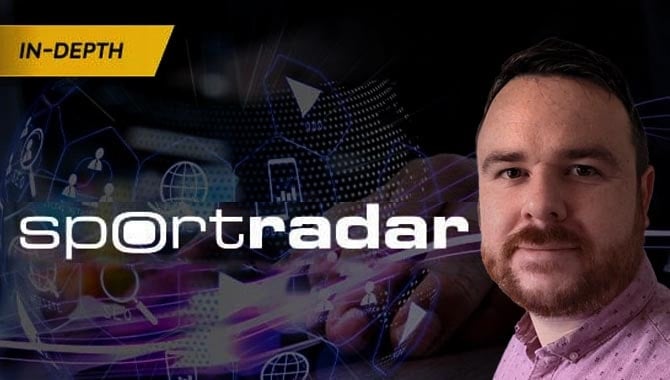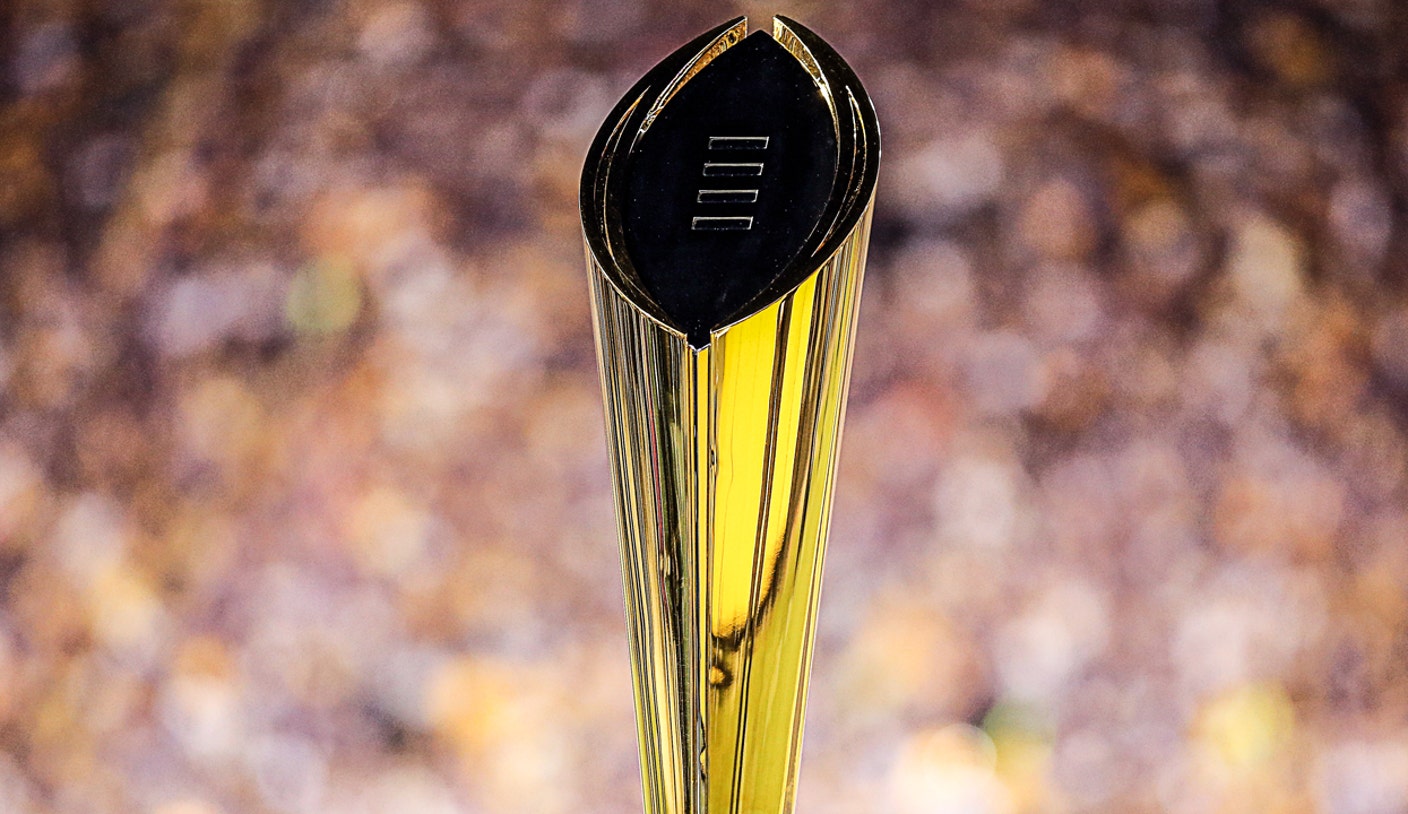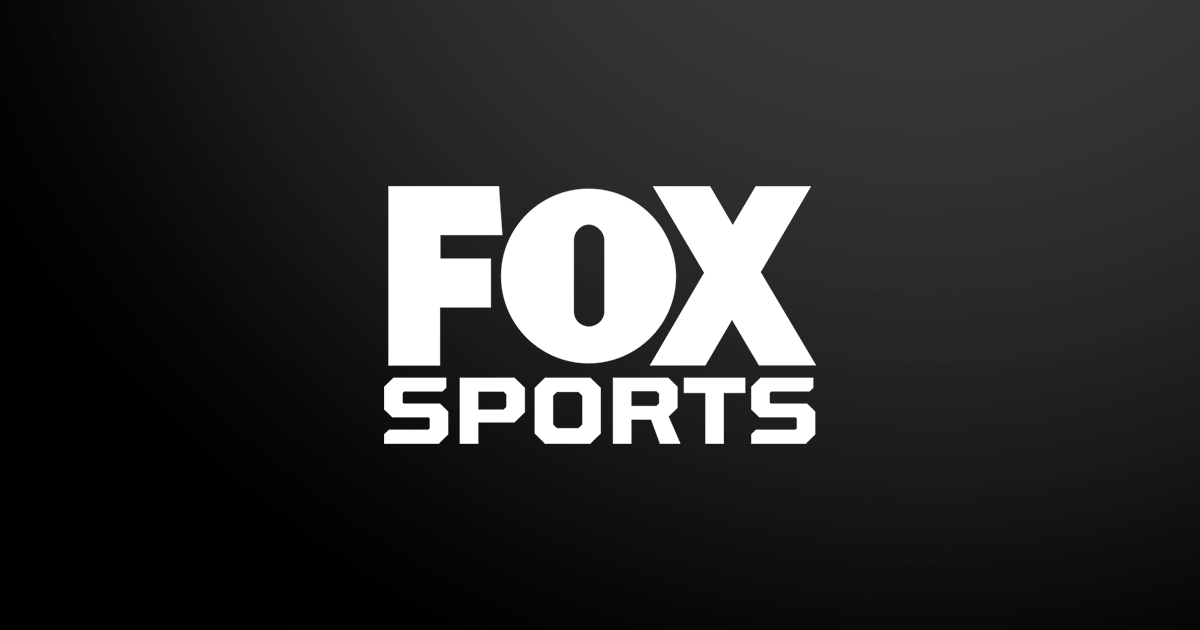
Tinnelly, who previously spearheaded Facebook’s real money gaming product strategy, explains what operators need to know about paid social to achieve maximum success.
Even though more than three billion people engage with social media every month, paid social advertising remains largely misunderstood in betting and gaming, with significant opportunities for those who can optimise their offering.
Remember: paid social is like a Swiss Army knife…
It can be effective in several ways, whether that is through using personalised ads to acquire new betting customers, targeted video content to build a brand, or retargeting customers with relevant bet types. In markets like the UK, paid social is the number-one commercial channel, with platforms like Facebook reaching two-thirds of the adult population every week.
In the US, more than eight out of 10 people have a social networking profile. Paid social campaigns, therefore, have a huge potential audience, but they offer more than just customer acquisition opportunities.
Campaigns require resources
It is essential to empower your campaign managers with the necessary tools and resources to achieve success, including significant investment in technical integrations, creative production and measurement.
At Sportradar, we have applied this approach through Dynamic Ads, a key product in our paid social offering; which closely aligns the integration of technology, creative execution and campaign management to enhance efficiency and drive performance.
Don’t just dip a toe in it
A common mistake in betting and gaming is for the media spend on paid social to be too small to generate a return. A rule of thumb is that you should budget for at least 50 conversions per week per ad for a campaign to start firing on all cylinders.
This requires a fair investment rather than a fixed, test budget. Then, when you scale paid social spend, performance typically scales too. This is unusual, as average returns on marketing campaigns typically diminish when you scale expenditure.
Begin with the big hitters
In terms of platform selection, the starting point should be the bigger platforms that will give you the most bang for your buck in terms of scale and performance. Companies like Meta, for example, own Facebook, Instagram and Messenger, so they are covered by a single integration and buying method.
Snapchat is also stronger in Europe and North America. There are other platforms, but those should probably not be used until you have optimised efforts through the bigger ones. In betting and gaming, the selection is simplified by the fact that some platforms – like TikTok, for instance – do not allow gambling ads.
Set aside budget for exploring
When a platform starts to hit that threshold of 50 conversions per ad per week for a betting and gaming advertiser, that is where the bulk of your spend should be going. We encourage clients to invest 80-90% of their budgets through these optimised campaigns, with 10-20% set aside to experiment with new tactics, across optimisation, targeting, and creative, to see if they show promising results.
Most of your paid social budget should go on established campaigns that deliver results, but you should always be carving out some budget to explore other opportunities.
One of the biggest mistakes operators make is to restrict the reach of their campaigns artificially. Just because you can drill down into micro-segments of the audience, that doesn’t mean it’s the right approach. It will limit the availability of high-quality data that platforms’ sophisticated algorithms require to optimise campaigns
There are no shortcuts to platform approval
With betting and gaming, social platforms often have strict rules, so prior dialogue is required before they approve advertising. For operators, it is a common pain point, even though the processes protect them, as well as the platform users.
Operators need to supply licence documentation and – even if they dot every ‘I’ and cross every ‘T’ – the process can take anything from two weeks to more than six months. There is no way of fast-tracking it, but all you can do is manage what is under your control and respond to queries swiftly.
Put responsible marketing at the heart of your strategy
Paid social allows you to put responsible marketing at the heart of your strategy, allowing you to leverage the platforms’ age and geo-targeting capabilities, as well as include appropriate messaging within your creative.
In addition, the platforms’ brand safety controls should be used to ensure ads do not appear within or alongside inappropriate content, and, where possible, custom audience functionality should be applied to exclude opted-out or at-risk users from marketing campaigns.
Targeting is like salt: a little goes a long way
One of the biggest mistakes operators make is to restrict the reach of their campaigns artificially. Just because you can drill down into micro-segments of the audience doesn’t mean it’s the right approach. It will limit the availability of high-quality data that the platforms’ sophisticated algorithms require to optimise campaigns.
So cast your net wide, trust the process and your results will improve. The best-performing campaigns in betting and gaming are those that target males or females, who are above legal gambling age and then lean on a platform’s algorithms.
Avoid over-adapting to every platform
Similarly, one of the biggest bugbears is seeing brands over-adapt their campaigns for different social platforms to chase engagement, as it simply wastes precious time and money. The fundamentals of marketing on social media are the same as anywhere else: you need to convey your brand and message.
Yes, there is an opportunity to tailor your offering for each platform, but that should be more in terms of ad specs, formats and ratios for different platforms and screens, rather than content.
Give paid social the production attention it deserves
We often see a disconnect between what a betting and gaming advertiser or creative agency will do on TV and on social. They will have a high-quality TV ad that will be seen by two million people, while an intern will chop together different assets for an ad that will be seen on social media by 20 million people.
The relative allocation of resources doesn’t make sense. Unlike with TV, there is such an opportunity for interactivity and personalisation on paid social that is typically under-explored creatively.



